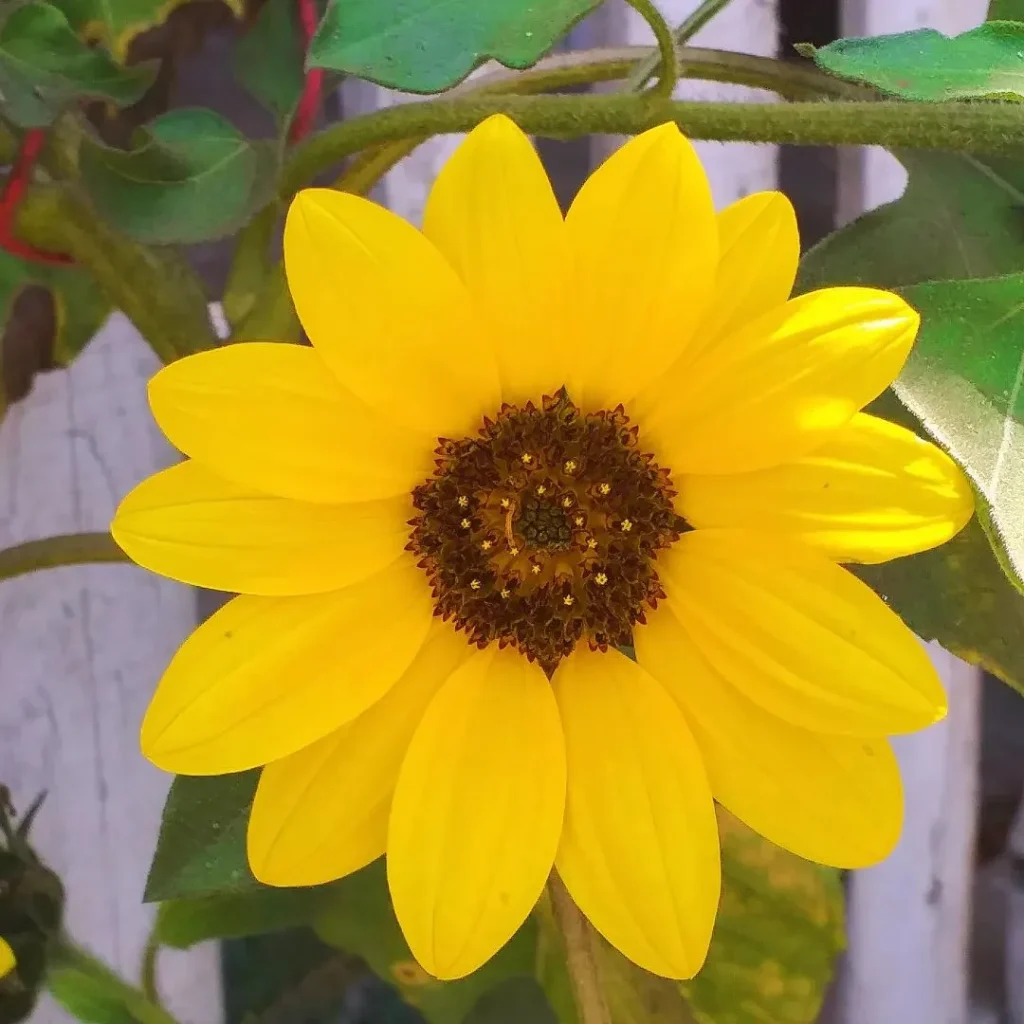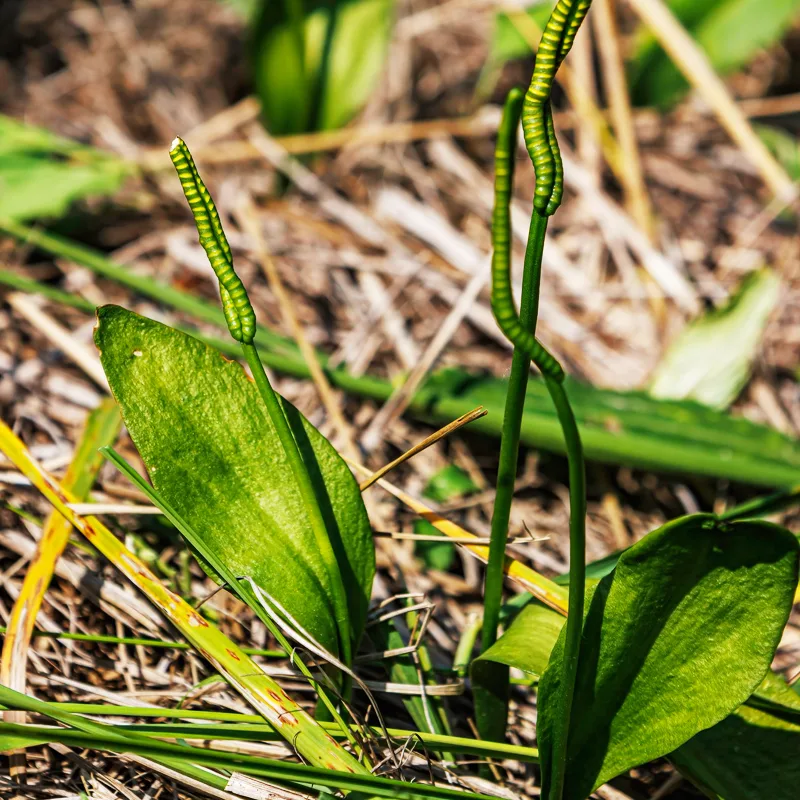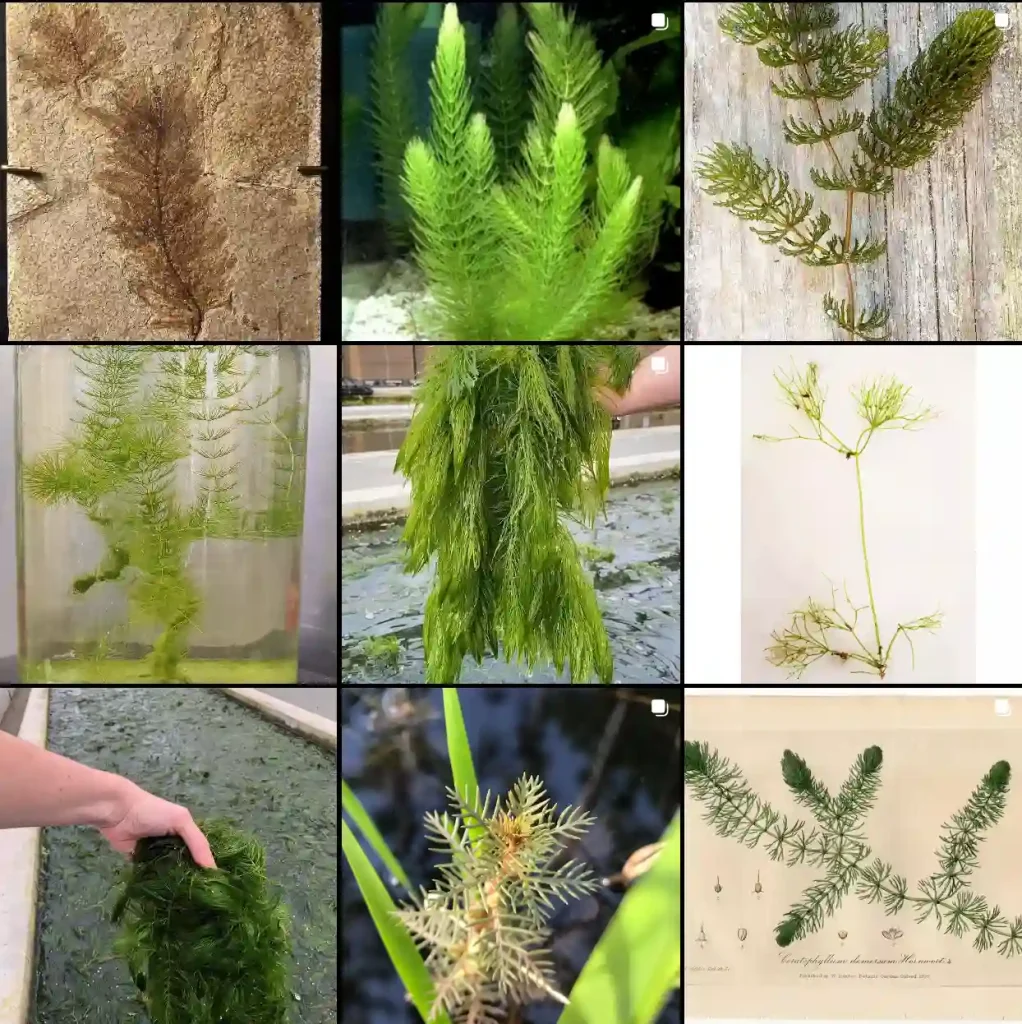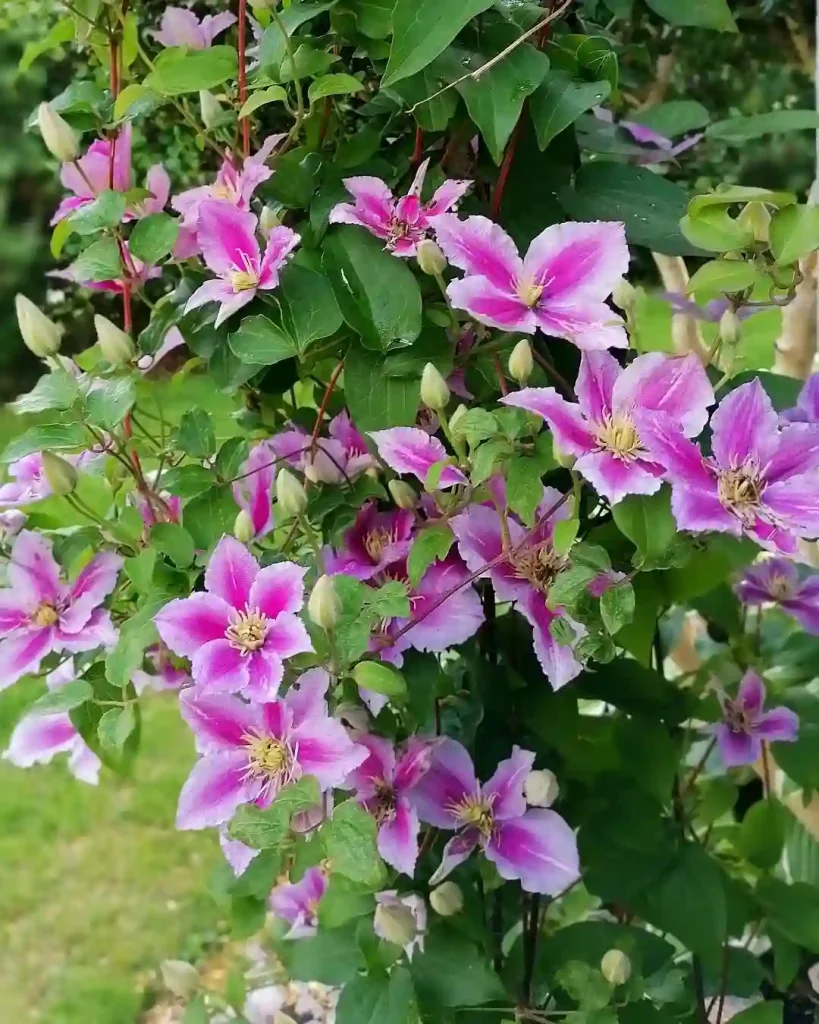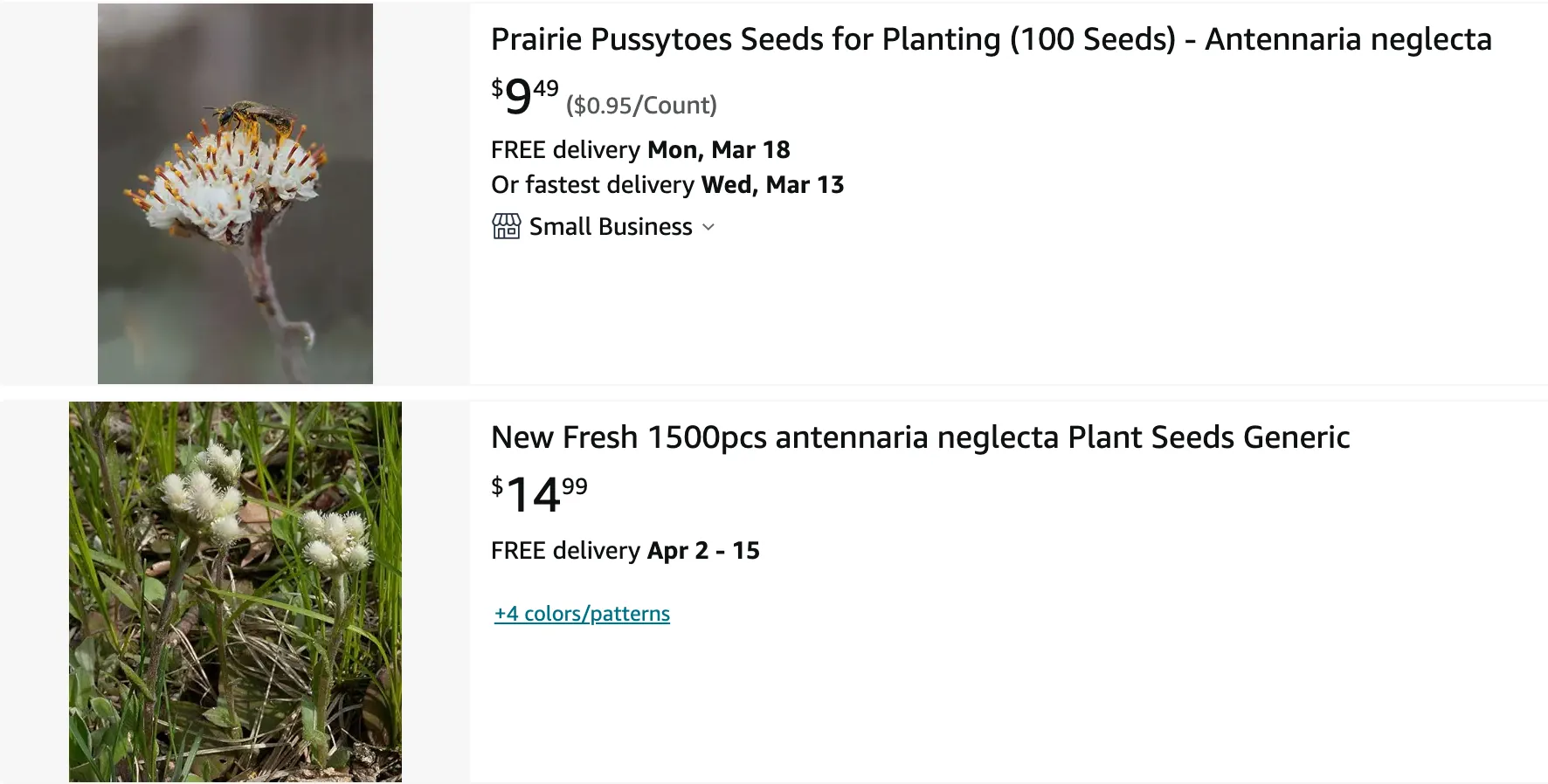
All About Antennaria Neglecta: The Fuzzy Friend You Need in Your Garden
Hi there, Ferb Vu here! Today, we’re diving into the world of a delightful little wildflower: Antennaria neglecta, also known as Field Pussytoes or Prairie Everlasting. Don’t let the funny name fool you – this fuzzy charmer is a tough and resilient plant that adds a touch of whimsy to any garden.
46 Species in Genus Antennaria
What is Antennaria Neglecta?
Antennaria neglecta is a herbaceous perennial belonging to the Asteraceae family, the same family as daisies and sunflowers. Native to North America, it’s widely found across Canada and the northeastern and north-central United States.
What Does Antennaria Neglecta Look Like?
Field Pussytoes is a low-growing plant, typically reaching 6 to 10 inches in height. Its most striking feature is the soft, wooly hairs covering its leaves, giving it a fuzzy appearance. The tiny, button-like flower heads emerge in late spring or early summer, resembling – you guessed it – cat’s paws! They come in white or pink and boast a subtle fragrance that attracts pollinators like butterflies and bees.
Where Does Antennaria Neglecta Thrive?
This little trooper prefers full sun to partial shade and well-drained soil. It tolerates dry conditions well, making it a perfect choice for xeriscaping (low-water landscaping). Field Pussytoes can handle a range of soil types, from sandy to rocky, as long as it drains well.
How Do I Care for Antennaria Neglecta?
Once established, Antennaria neglecta requires minimal maintenance. Water deeply during extended dry periods but allow the soil to dry out between waterings. It doesn’t need fertilizer and is generally pest- and disease-resistant.
Is Antennaria Neglecta Easy to Grow?
Absolutely! Field Pussytoes is a low-maintenance plant that’s perfect for beginner gardeners. It spreads readily by underground runners, forming attractive mats. However, this spreading habit can make it invasive in some areas, so be sure to check with your local authorities before planting.
How Can I Use Antennaria Neglecta in My Garden?
Field Pussytoes’ compact size and fuzzy texture make it a versatile addition to various garden designs. Here are some ideas:
- Rock Gardens: The low-growing nature and drought tolerance of Antennaria neglecta make it ideal for filling gaps in rock gardens. It adds a pop of color and interesting texture to these sunny havens.
- Borders: Plant Field Pussytoes along borders to soften edges and add a touch of whimsy. Its low profile won’t block taller plants behind it.
- Wildflower Meadows: If you’re looking to create a naturalized area teeming with butterflies and bees, Antennaria neglecta is a fantastic choice. Its low-maintenance needs and ability to spread make it a perfect candidate for wildflower meadows.
- Containers: Showcase the fuzzy charm of Field Pussytoes in pots and containers. Place them on patios, decks, or walkways for a touch of year-round greenery (the dried flower heads persist through winter).
What are the Differences Between Antennaria Neglecta and Other Pussytoes Species?
There are several other species in the Antennaria genus, some with similar fuzzy leaves and button-like flowers. Here’s a quick comparison with two lookalikes:
- Antennaria dioica: This species, also known as Ladies’ Everlasting, is quite similar to Antennaria neglecta but has larger flower heads and tends to be taller, reaching up to 12 inches.
- Antennaria plantaginifolia: Known as Plantain-Leaved Pussytoes, this species has broader, smoother leaves that resemble plantain leaves (hence the name).
The Final Buzz on Antennaria Neglecta
Fuzzy, low-maintenance, and drought-tolerant, Antennaria neglecta is a delightful little wildflower with a lot to offer. Its charming appearance and ability to attract pollinators make it a valuable addition to any garden. So, if you’re looking for a low-key plant that adds a touch of whimsy and texture to your space, consider giving Field Pussytoes a try!
If i die, water my plants!
